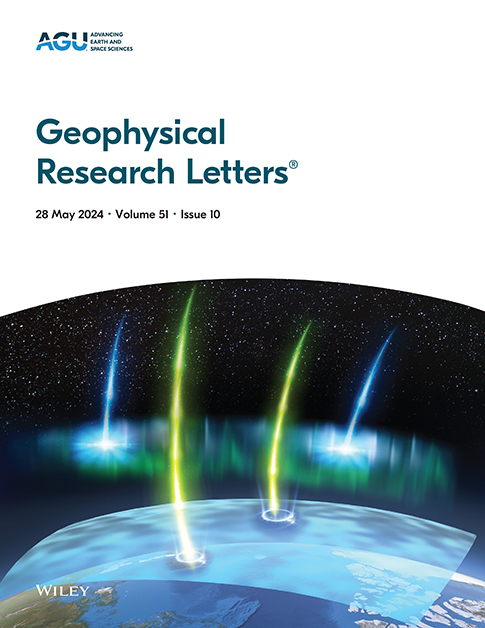木材中锶同位素指纹图谱的潜力和局限性
IF 4.6
1区 地球科学
Q1 GEOSCIENCES, MULTIDISCIPLINARY
引用次数: 0
摘要
虽然锶的同位素组成(87Sr/86Sr)经常用于考古和环境来源研究,但有机质和食物链中的生物可利用锶如何反映基岩来源仍不清楚。在这里,我们对来自四个不同基底地质的中欧森林的24个土壤和120个木材样品进行了Sr同位素测量。基岩87Sr/86Sr值(0.7035 ~ 0.7441)和土壤87Sr/86Sr值(0.7043 ~ 0.7552)具有相当大的跨度,而木材87Sr/86Sr值跨站点的范围较小(0.7041 ~ 0.7245),更接近降水中大尺度大气Sr特征(0.7118)。不同树种、形成层年龄和根系的87Sr/86Sr比值比较表明,木材中生物可利用Sr受生物因子影响较小。考虑到我们所识别的大气锶信号的强度,考古、环境和法医指纹识别应该考虑高分辨率空间等景观建模,本研究为中欧提供了一个基线。本文章由计算机程序翻译,如有差异,请以英文原文为准。
Potential and Limitations of Strontium Isotopic Fingerprinting in Wood
While the isotopic composition of strontium (87 Sr/86 Sr) is frequently used in archeological and environmental provenience studies, it remains unclear how bioavailable Sr in organic matter and the food chain reflects bedrock sources. Here, we present Sr isotopic measurements of 24 soil and 120 wood samples from four central European forests with variable basement geology. While 87 Sr/86 Sr values in bedrock (0.7035–0.7441) and soil (0.7043–0.7552) have a considerable span, wood 87 Sr/86 Sr values across sites have a much smaller range (0.7041–0.7245), which is closer to the large‐scale atmospheric Sr signature in precipitation (0.7118). Comparable 87 Sr/86 Sr ratios for different tree species, cambial ages and root systems suggest that bioavailable Sr in wood is little affected by biotic factors. Given the strength of the atmospheric Sr signal we identify, archeological, environmental and forensic fingerprinting should consider high‐resolution spatial isoscape modeling, for which this study provides a baseline for central Europe.
求助全文
通过发布文献求助,成功后即可免费获取论文全文。
去求助
来源期刊

Geophysical Research Letters
地学-地球科学综合
CiteScore
9.00
自引率
9.60%
发文量
1588
审稿时长
2.2 months
期刊介绍:
Geophysical Research Letters (GRL) publishes high-impact, innovative, and timely research on major scientific advances in all the major geoscience disciplines. Papers are communications-length articles and should have broad and immediate implications in their discipline or across the geosciences. GRLmaintains the fastest turn-around of all high-impact publications in the geosciences and works closely with authors to ensure broad visibility of top papers.
 求助内容:
求助内容: 应助结果提醒方式:
应助结果提醒方式:


